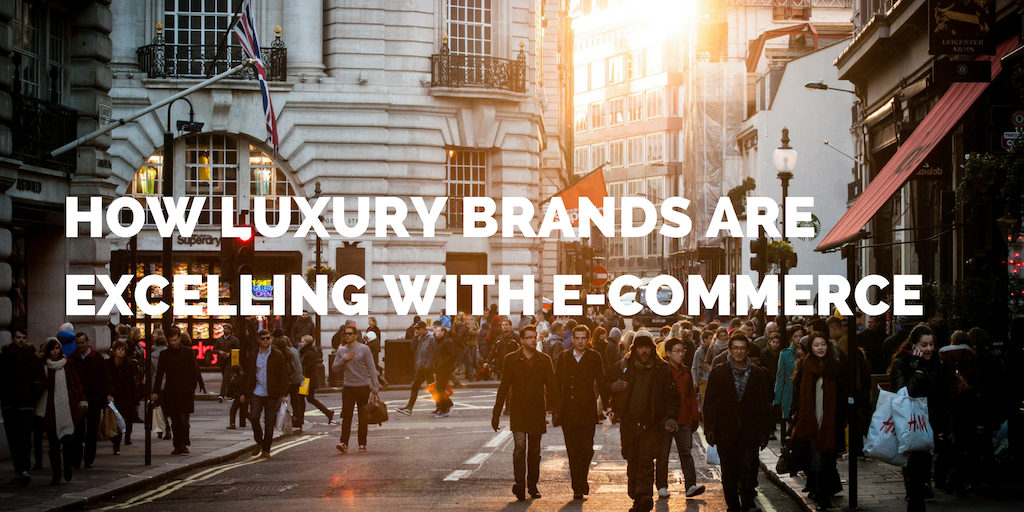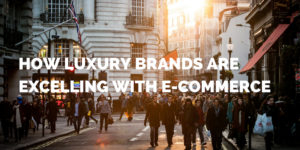Luxury brands are not historically known for being easy to access. That’s part of the appeal of owning a product from a luxury brand. Customers perceive a level of sophistication and value based on the fact that they can’t go to just any store to purchase the brand. Instead of this being a problem for luxury brands it’s actually helped them to build their name. The limited access has actually increased the desire for their products in the past. However, times are changing.
Millennials have moved into the role of the target market for luxury brands. This generation has different expectations than generations of the past. And, that means it’s time for luxury brands to update some areas of how they operate their business if they want to reach this growing market. People like the convenience that e-commerce provides them. If they can’t find the brand they are looking for online, they might just look for another brand altogether.
How luxury brands are succeeding with e-commerce
Luxury brands that are succeeding in e-commerce place a large emphasis on customer service. The luxury brand clientele is used to receiving high-level customer service and it’s important that this aspect of the business is brought to the online experience.
Luxury watch brand, Jaeger-LeCoultre showed that they aren’t forgetting about customer service by launching a chatbot that assists customers through the purchasing process. The chatbot acts as a personal shopper for the brand’s clientele. However, they also include a live chat option for customers that prefer the assistance of a live person.
When asked an in interview with Prestige about e-commerce being the opposite of luxury retail, CEO of the luxury watch brand Geoffroy Lefebvre, said, “For me it’s complementary…. It’s not for us to force people into this or that way of consumption—we have to use digital to drive more traffic into our boutiques to bring the people to the brand, so that they enjoy the real physical experience.”
Jaeger-LeCoultre isn’t the only luxury watch brand selling online. The same year that they started their e-commerce efforts they were joined by other brands like Panerai and Omega.
Another example of a business excelling at selling luxury brands online is Farfetch. It’s a London based company that works as an online boutique for over 200 luxury brands. The company has been wildly successful and just went public at the end of September selling shares for $20 each. They raised $884 million.
As a luxury brand it’s important that you find a way to build an online presence with e-commerce which protecting the value of your brand. Your online and physical experiences should be a cohesive effort. For example, when Chanel’s UK fashion division launched their first e-commerce website they focused on eyewear. At the same time, they re-opened a boutique in central London that was also dedicated to eyewear.
Their website includes some, not all of their product line, content about the brand itself, complimentary delivery, and a way to make in-store reservations. The website not only encourages online sales, but also encourages visits to the boutique.
Moving forward
The trend towards a demand for luxury brands being sold online is going to continue to grow. Bain & Co. released a 2017 report that predicted that online sales would make up 25 percent of the luxury brand purchases by the year 2025. This is a statistic that you don’t want to ignore.
As you work to build your online presence it’s important to know how you stand compared to your competition. Editorial Link can track and report on your online digital presence to provide you with the data you need.



